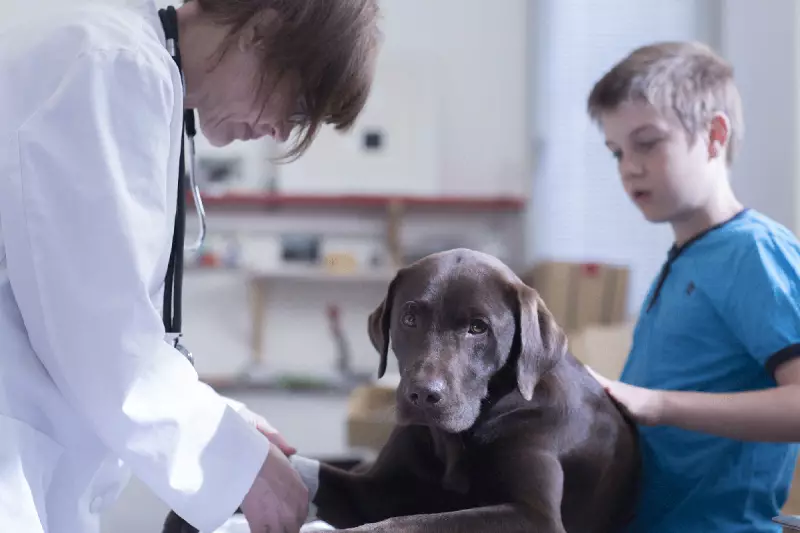
Veterinarians across the United Kingdom are urging dog owners to exercise heightened vigilance during the colder months due to a sharp seasonal increase in cases of Alabama Rot, a rare but potentially fatal canine disease.
What is Alabama Rot and what are the symptoms?
Formally known as Cutaneous and Renal Glomerular Vasculopathy (CRGV), Alabama Rot damages the blood vessels in a dog's skin and kidneys. The first visible signs are often skin lesions, which most commonly appear on the paws, lower legs, or abdomen. These may present as localised swelling, redness, or patches of crusty skin.
More subtle symptoms can emerge days later, indicating the disease is progressing. Pet owners should watch for lethargy, a loss of appetite, vomiting, and a significant reduction or complete absence of urine, which is a critical sign of kidney involvement. In severe cases, the disease can lead to acute kidney failure.
Why winter poses the highest risk
The British Veterinary Association reports a clear seasonal pattern, with 90 per cent of all confirmed cases occurring between November and May. According to Anderson Moores Veterinary Specialists, the UK has recorded a total of 330 confirmed cases since monitoring began, with 19 cases in 2024 and 2 already confirmed in 2025, prior to the peak winter risk period.
Veterinarian Iryna Smyrnova explained this seasonal link to environmental factors. "The bacteria that are the main culprits in this disease are usually linked to the toxins produced by Escherichia coli, and they flourish in wet and muddy soils," she told The Independent. "Dogs walking through infected ground are more likely to get minor cuts, which gives an opening for these toxins to enter."
How to protect your dog from Alabama Rot
While the exact cause is still under investigation, studies point to a specific E. coli strain. Dr Smyrnova clarified that "the disease is not caused directly by the bacteria but by the toxin that they produce." She warned that these toxins can enter through small wounds, causing vasculitis that affects the kidneys and can lead to multi-organ failure.
To minimise risk, experts recommend the following precautions during high-risk months:
- Avoid walking your dog in muddy woodland areas and wet, vegetated fields.
- Thoroughly wash and dry your dog's legs, paws, and underside after every walk.
- Check regularly for any new cuts or scratches and keep them clean.
Immediate veterinary attention is crucial if any symptoms, particularly skin lesions accompanied by lethargy, are observed.





